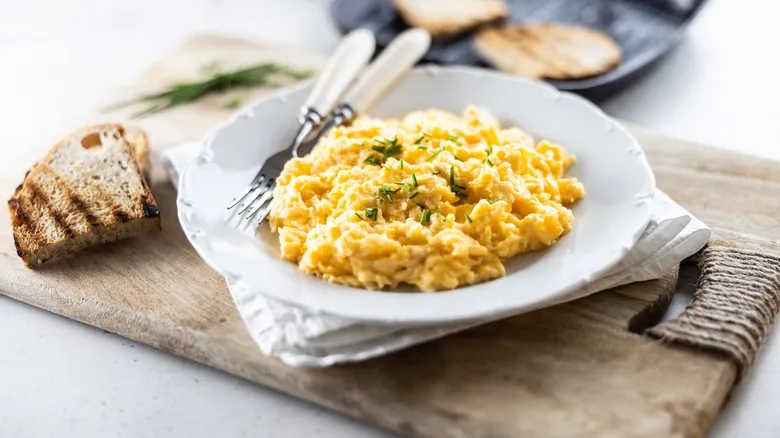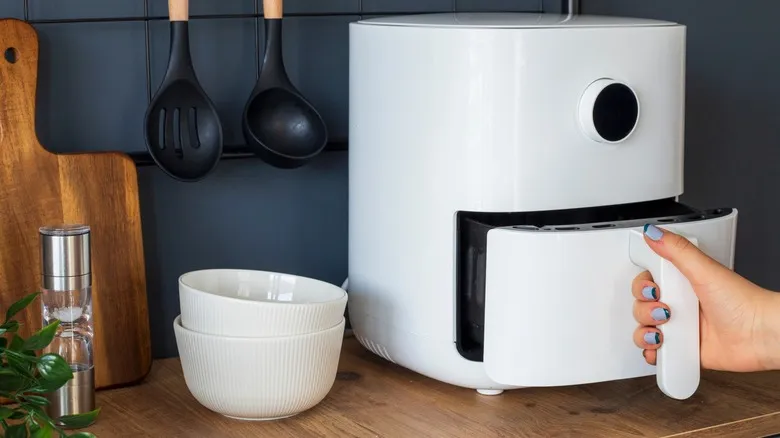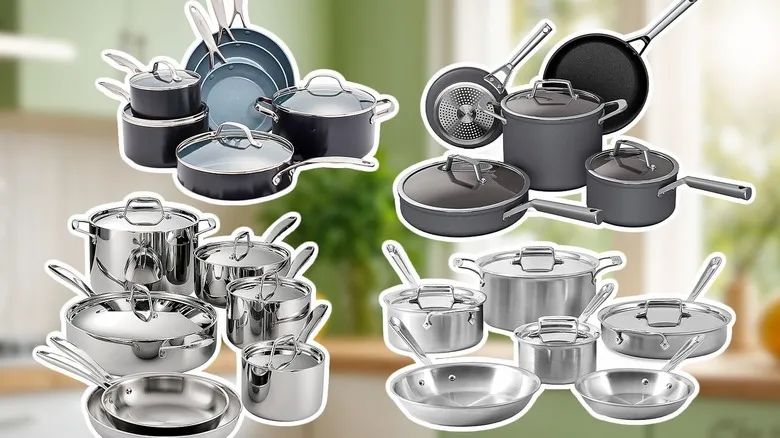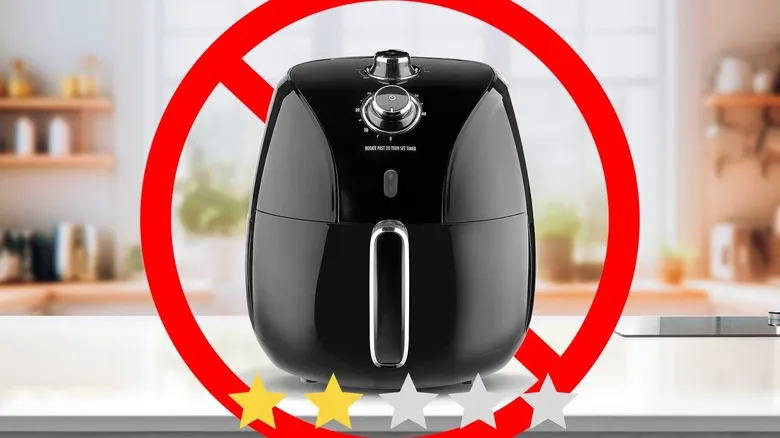Use your oven to preheat your enameled cast iron

One of the greatest advantages of cast iron is its exceptional heat retention. Once preheated, it stays warm for a long time, eliminating concerns about it cooling down too quickly. A highly effective method for preheating an enameled cast iron pot or pan is to place it in the oven. This approach allows you to skip adding fats or water to prevent cracking, as long as you proceed gently.
The key is to place your enameled cast iron in a cold oven and let it heat up gradually. This technique utilizes indirect heat throughout the entire piece, rather than the direct heat from a burner that only affects the bottom. Additionally, ensure that your pot or pan is entirely made of cast iron without any plastic components, such as handles or lid knobs. While brands like Le Creuset use phenolic knobs, a heat-resistant industrial plastic that is safe for the oven, less expensive brands may vary. It's important to verify this beforehand, as nothing spoils a meal faster than the odor of melting plastic.
As long as everything is oven-safe, a gentle preheat helps protect the enamel from thermal shock and ensures even heat distribution. The essential point is to take your time; if you're in a hurry, opt for a different pot or pan. When selecting an alternative, keep in mind that similar mistakes with stoneware can also lead to cracking, so choose carefully.
Recommended

Can You Cook Scrambled Eggs In The Microwave?

Why Cooking Rice In The Air Fryer Is Never A Good Idea

14 Cookware Sets That Are Actually Worth Their Price, According To Reviews

8 Signs The Cheap Air Fryer You're Thinking Of Buying May Be Unsafe
Next up

